Check the box—then survive the chaos
Tackle absurd verification stunts—assemble snacks, herd jellybeans, outwit fake progress bars—and laugh through a fast, click-drag puzzle break that proves your “humanity.”
Keep exploring
Keep your night shift energy up with more browser horror, tense escape rooms, and quick palate cleansers we trust.
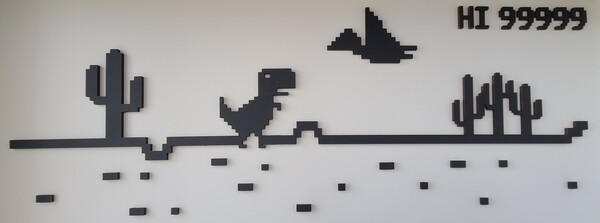
Dino Game — Sprint, Jump, Repeat
Dino Game — Sprint, Jump, Repeat
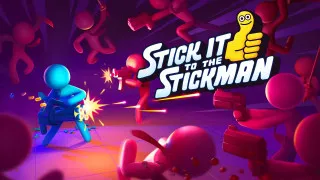
Corporate layoffs, meet ragdoll chaos
Corporate layoffs, meet ragdoll chaos

Play With Shadow Milk on a Paper Stage
Play With Shadow Milk on a Paper Stage
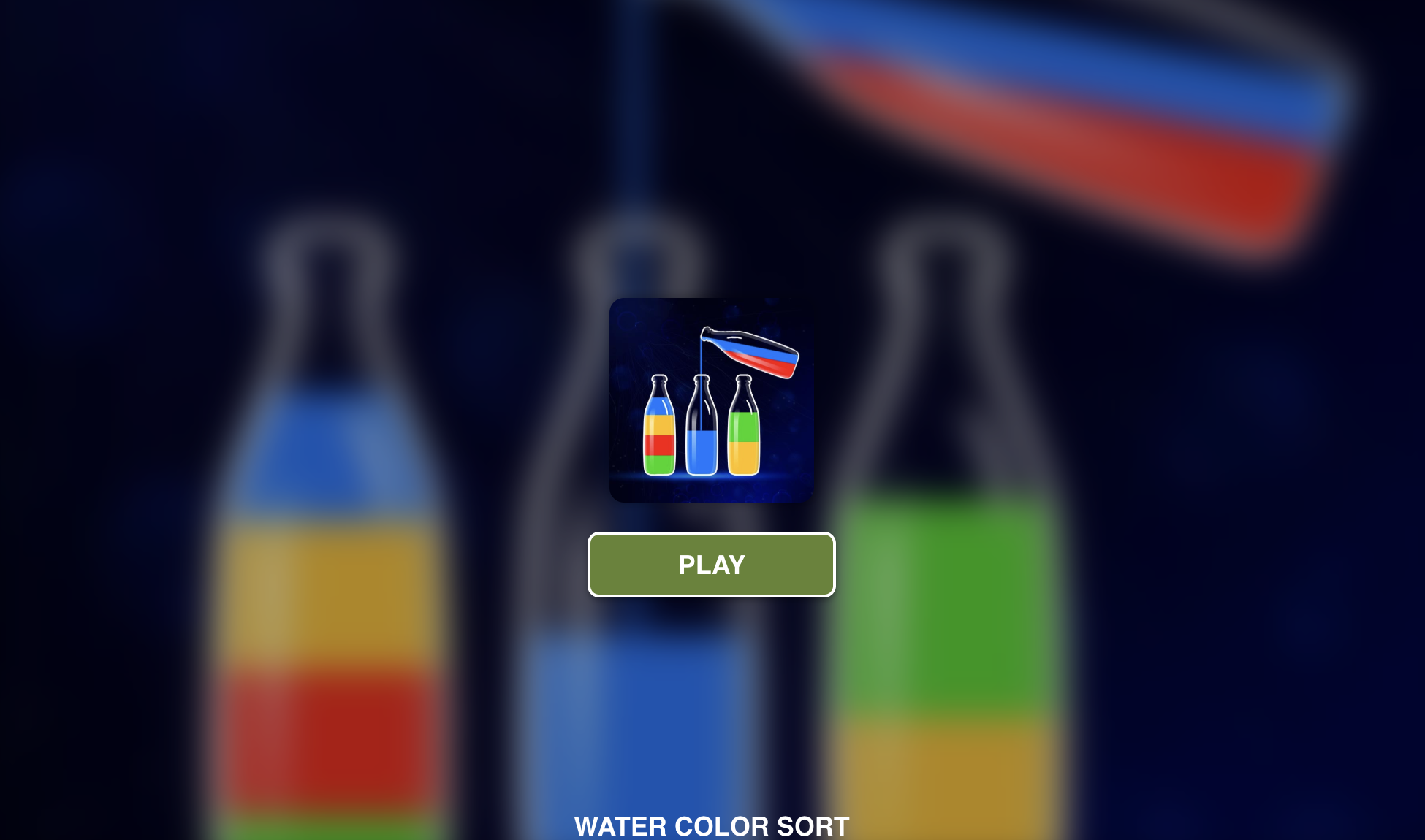
Play Water Color Sort Online
Play Water Color Sort Online

Drift, tune, and rule the neon streets
Drift, tune, and rule the neon streets
Plant, Mutate, Profit—Then Do It Again
Plant, Mutate, Profit—Then Do It Again

Meme vaults to crack. Traps to dodge. Loot to bank.
Meme vaults to crack. Traps to dodge. Loot to bank.
Polytrack — Build Tracks, Chase PBs
Polytrack — Build Tracks, Chase PBs

Turn dominoes into a daily deduction ritual
Turn dominoes into a daily deduction ritual

Play Hotline Miami in Your Browser
Play Hotline Miami in Your Browser
Prove it: a playful CAPTCHA gauntlet
Prove your humanity with absurd errands
“I’m Not a Robot” turns a familiar web ritual into a cheeky, fast-paced browser puzzle. What starts as a simple checkbox blossoms into a parade of oddball tasks and sub-tasks: you might stack bread, lettuce, and tomato into a passable sandwich, corral bouncy beans that refuse to stay still, or ride out a progress bar that loves to tease. The tone is warm and witty, and every prompt riffs on the tiny frictions of modern life online—verification codes that time out, boxes that uncheck themselves, and instructions that grow more complicated the more carefully you read them. This isn’t a stern test; it’s a joyful roast of the hoops we jump through every day.
What the experience feels like
Each challenge arrives with a crisp instruction and a playful twist. You’ll click, drag, drop, type, sort, and occasionally perform light dexterity feats that feel closer to party-game micro-tasks than to traditional riddles. One moment you’re lining up ingredients in tidy order; the next you’re comparing nearly identical icons and spotting the impostor. The pace is brisk but friendly, and the interface nudges you to try again rather than punishing you for missed attempts. A gentle drumbeat of jokes keeps the vibe light, so even a failed try quickly becomes a punchline worth sharing.
How it keeps you smiling
Humor drives the whole show. Instructions lean into deadpan sarcasm: a checkbox might congratulate you before immediately demanding three more forms of proof. A loading spinner might claim it’s nearly done, then wink and reset. Certificates at the end provide mock-official validation for your heroic completion of an unnecessary task—perfect for posting in a chat as you declare yourself, at last, a verified human being. The comedy never talks down to you; it laughs alongside you about the collective silliness of online gatekeeping.
Play flow and controls
Controls are intentionally simple—this is a game you can play on a coffee break without warming up your fingers. Most tasks involve clicking, dragging, and dropping. Some levels ask for quick typing; others want a steady hand as you steer items into place. On mobile, touch input translates the same actions smoothly: tap to confirm, press-and-hold to move pieces, and swipe to shuffle items around the screen. The design keeps friction low so the punchlines and little “aha” moments shine.
Micro-challenges with personality
The variety is the magic. Instead of deep, single-thread puzzles, you get a carousel of bite-size moments, each with its own mechanic and miniature reveal. You might align shapes to match a silhouette, pick out a tiny detail that refuses to sit still, or answer a prompt that keeps changing its mind. Because each task resolves quickly, there’s a satisfying rhythm—setup, surprise, success, and a goofy pat on the back—before you spin into the next prompt. It scratches the same itch as a great minigame collection, but with a sharper comedic edge.
Who will love it
If you enjoy witty, low-stress games, this is an instant fit. Fans of microgame compilations will appreciate the rapid turnover of ideas. Streamers and social sharers will find plenty of moments that clip well: the instant “gotchas,” the fake-outs, and the triumphant final certificates are all shareable. It’s also perfect for anyone who wants a break from heavy strategy without sacrificing personality. There’s nothing to grind here—just a steady stream of clever prompts and reactions that keep you grinning.
Learning curve and fairness
Although the prompts sometimes pretend to be pedantic, the rules are consistent and readable. When you miss, you’ll usually see why in hindsight; the joke lands, and you’re already itching to retry. The difficulty curve is more about reading between the lines and noticing small cues than about raw speed. That design choice keeps the focus on humor and discovery, not stress. The more you play, the better you get at anticipating the game’s sense of mischief.
Tips for first-time humans
Skim, then act: The text often hides gentle clues—watch for qualifiers like “exactly,” “except,” or “in order.”
Expect rule changes: A straightforward task may tack on an extra step after you complete it. Roll with it; the surprise is part of the fun.
Use the edges: When corralling tiny objects, guide them along borders and corners to reduce escape angles.
Don’t overthink: Many prompts reward quick, confident moves more than meticulous overanalysis.
Embrace the joke: If a progress bar toys with you, enjoy the bit. The punchline usually lands within seconds.
Short sessions, big laughs
You can clear a run in a few minutes, then jump back in later for another set of charming hurdles. That snackable structure makes it ideal between meetings or while you’re waiting on a download. Because the goals are self-contained and the controls are universal, friends can grab the mouse (or your phone) and understand what’s happening instantly.
Design and sound
Visuals are crisp and legible, with clean typography that sells the “official verification” parody. Animations are snappy—objects bounce, checkboxes tick with satisfying clicks, and elements react to your input with just enough exaggeration to feel cartoonish. Audio cues punctuate actions without dominating the scene, so you can play quietly in public. When something funny happens—like a certificate stamping across the screen—the sound design adds just the right flourish.
Accessibility and comfort
Because actions are simple, the game is friendly to a wide audience. Clear contrast and readable prompts keep instructions accessible. There’s minimal time pressure in most tasks, and failures tend to reset quickly without long penalties. If you need to pause, you can simply step away and return to the current prompt. On touch devices, large hit areas make dragging and tapping comfortable, even on smaller screens.
Replay value
The charm lies in discovering new gags and appreciating how small mechanics transform ordinary interactions into jokes. Even familiar tasks remain entertaining because the punchlines and timing still land on repeat plays. And that shareable end certificate? It never gets old to flash your “official” proof in a group chat, especially after a friend claims they finished faster than you.
Why it works
At its core, the game reframes a tiny annoyance from everyday browsing into a theater of delightful surprises. It recognizes that we’re all veterans of forms, codes, and boxes—and it invites us to laugh about it together. Instead of grinding for upgrades or unlocking complicated trees, you’re here for bite-sized wins and a steady flow of grins. When the final stamp hits and your humanity is “verified,” the victory feels both silly and strangely satisfying.
Whether you’ve got ninety seconds or nine minutes, “I’m Not a Robot” delivers a breezy, witty gauntlet of micro-challenges. Click the box, brace for shenanigans, and enjoy proving what you already knew: you’re definitely human—at least until the next checkbox has a few more questions.
Share Check the box—then survive the chaos
Spread the word, invite friends, or bookmark this page to revisit the story whenever you need it.